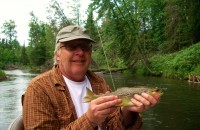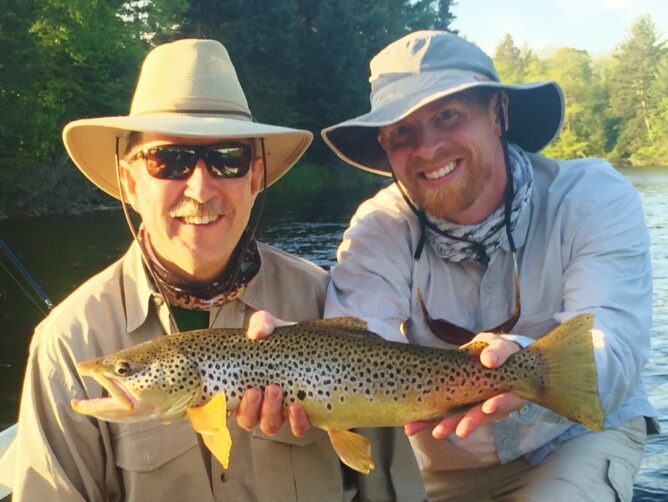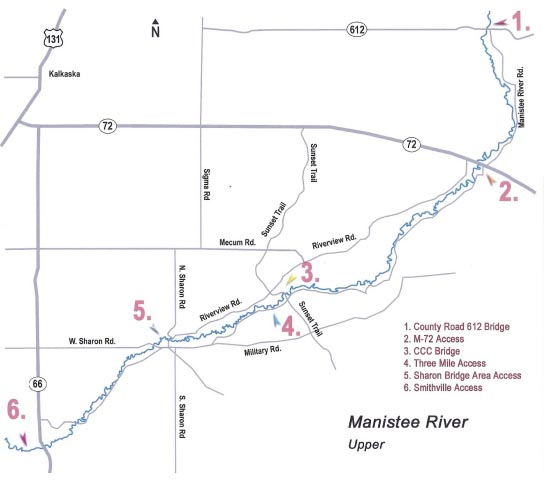Not much has changed from last week’s report other than river clarity has become a major issue – the rivers are running very, very clear and there is virtually no rain in the forecast – stealth and lighter tippet/leader is pretty much a necessity.
The Manistee, AuSable and Boardman are all running low and clear making it easy for the fish to see bugs on the surface, when they are out. Dry fly fishing has been mixed with lots of bugs to chose from but often at odd times. Look for Sulphurs, March Browns, Mahoganies, and caddis to continue and with all this heat in the forecast – have some Brown Drakes in your box . These warmer evenings should make for consistent evening hatches and spinner falls.
Streamer fishing has been tough with water low and clear, but is still a good way to get some of the bigger fish to come out and play. Look for low light times of the day or the rare, cloudy day to provide the best opportunity for success. There hasn’t been a secret fly working better than another lately – mix them up and fish them closer and deeper to wood than normal – be prepared to lose some flies, but also have better luck.
The ponds and lakes are really warming up and so is the fishing. Bass and bluegill continue to build in numbers and provide good fishing for the fly angler. Small nymphs suspended under poppers or buoyant dry flies make for a great duo and a small weighted streamer cast on a long leader can provoke aggressiveness from even the most discerning bluegill. Bass are coming up and eating poppers from time to time while the streamer and nymph fishing seems to be more effective.
Grand Traverse Bay – east and west, are warming up with all of this sun and the carp and smallmouth have taken notice. Numbers of smallmouth bass have increased as they go into spawning mode and feed in the shallows while the carp are a little more selective on water temperature and can be fickle on when and where you can find them. Often when you find them there will be a lot of them. Pay real close attention to water temps affected by wind direction and overnight temperatures to select the best places to fish. Crayfish and hex nymphs are working on both species and additionally minnow patterns for the smallies.
Be safe this weekend, share the water and bring bug spray. Good luck!
Ted
– Upcoming Fishing Seasons –
May & June: Trout fishing with streamers and dries. Don’t forget the Big Bugs – Drakes, Isonychias and Hex in June.
June: Carp on Grand Traverse Bays – find out why this has become the favorite early Summer fishing of so many.
Booking for all 2012 Seasons – Some Fall Dates Remain Open

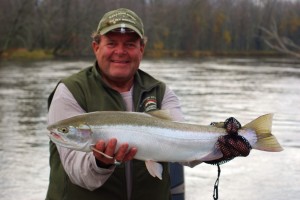
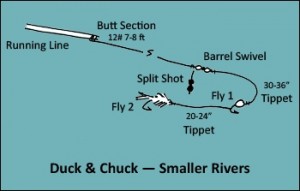
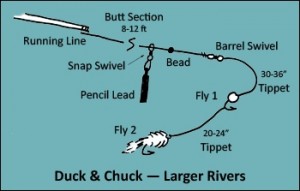
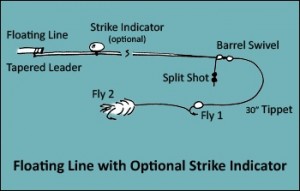
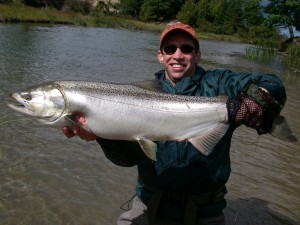
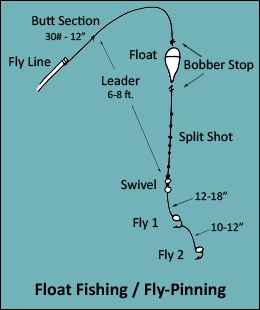
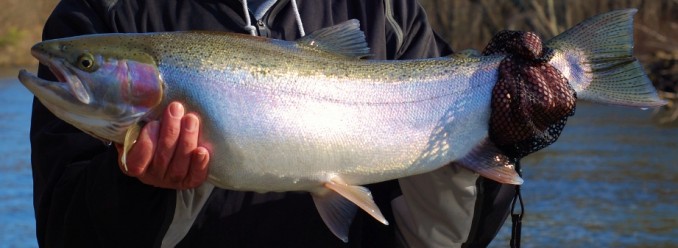
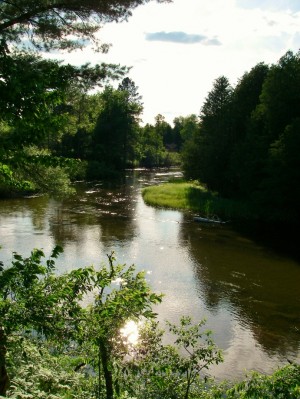
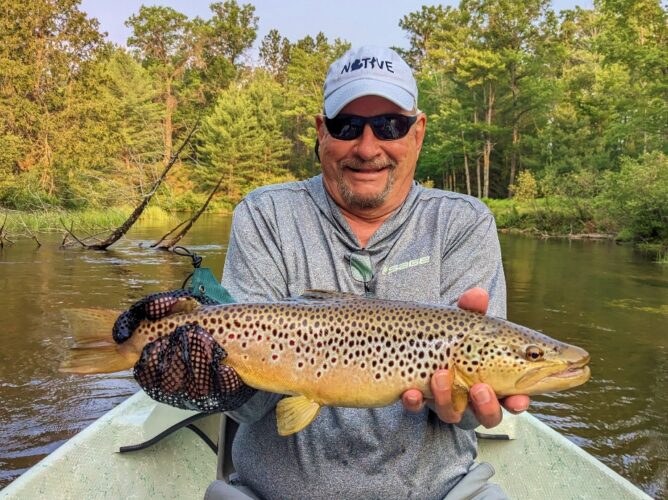
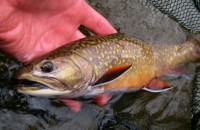
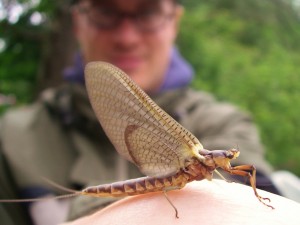
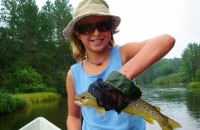 about: Brown Drakes, Isonycias, and The Hex. Into July and August the Manistee experiences Tricos, Olive Caddis, Light Cahills, and more Isonycias.
about: Brown Drakes, Isonycias, and The Hex. Into July and August the Manistee experiences Tricos, Olive Caddis, Light Cahills, and more Isonycias.